Voron V0.1 - Ferrari among 3D printers (V0.1430)
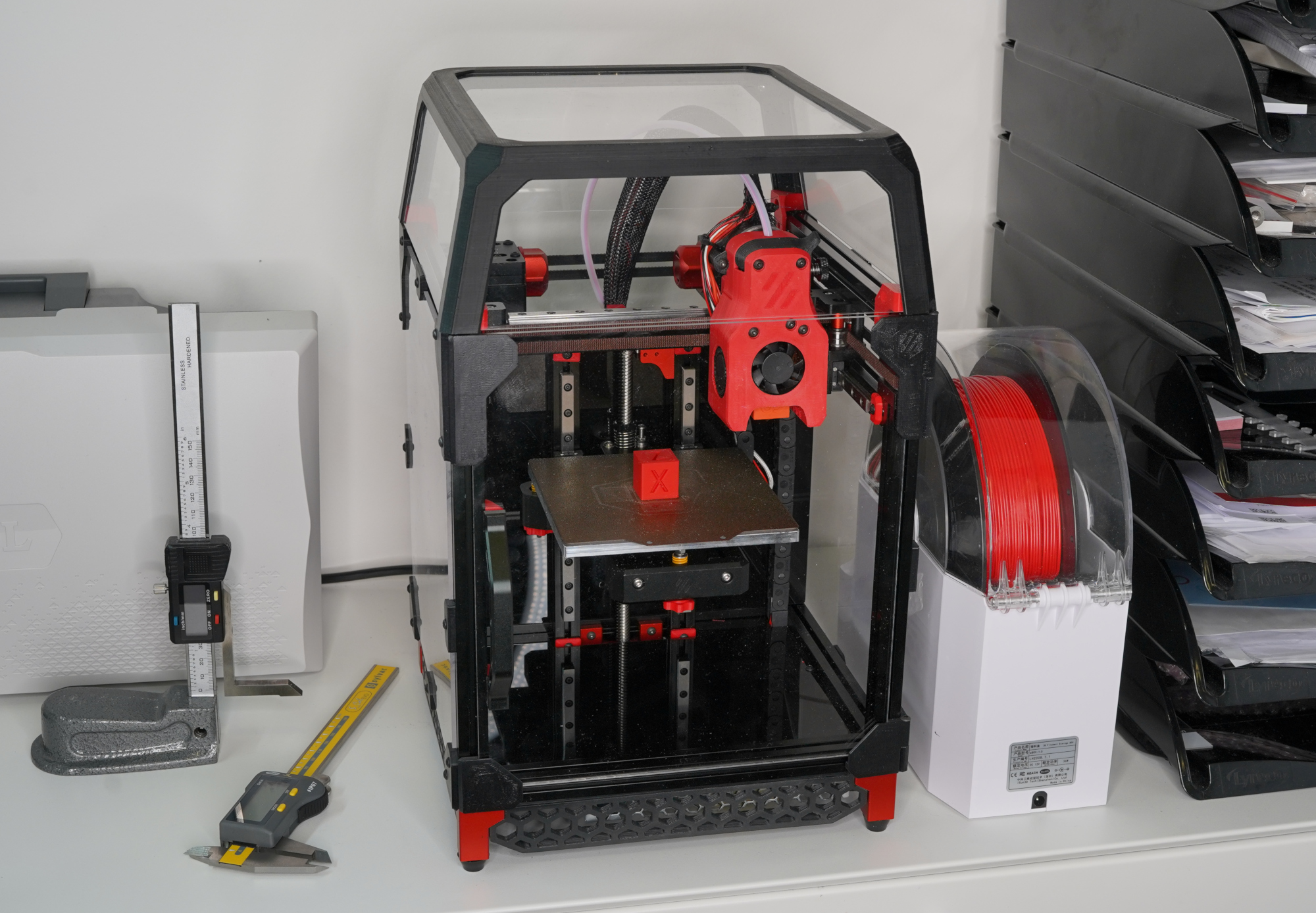
Finished assembly and tuning of my new Voron V0.1. Stationary parts are from aluminum kit, rest I printed in ASA-X. Small size allows to reach very decent speeds and accelerations: fast profile 175/306 mm/s (perimeters / infill) with acceleration of 25'000 mm/s². For high quality - 80/150 mm/s, 15'000 mm/s². Fast acceleration and direct extruder make parameters tuning for high quality comparatively easy as extrusion speed is nearly constant. Also, pressure advance + input shaper allowed to increase acceleration from 5'000 to 25'000 mm/s² with no quality degradation on the corners.
It all works on Fluidd+Klipper, SKR-PRO v1.2 + Raspberry Pi 4. When printing 306mm/s @265°C - 40W heater is no longer enough, so I had to overclock printer a little to 28V (+36% heater power). 28V is a limit for TMC2209.
Initially I was considering to participate in SpeedBenchy contest - but things there went too far in the direction of "too fast / too bad". Printing at these speeds is limited by plastic cooling - this is why achievable speeds for high quality prints for ABS/ASA are several times higher than PLA. I.e. printing above 200mm/s is all about cooling, and is a contest of fans and air-ducts.
Update: Got my serial number V0.1430 :-)
Milky Way @ Gurnigel, Switzerland (1593m)
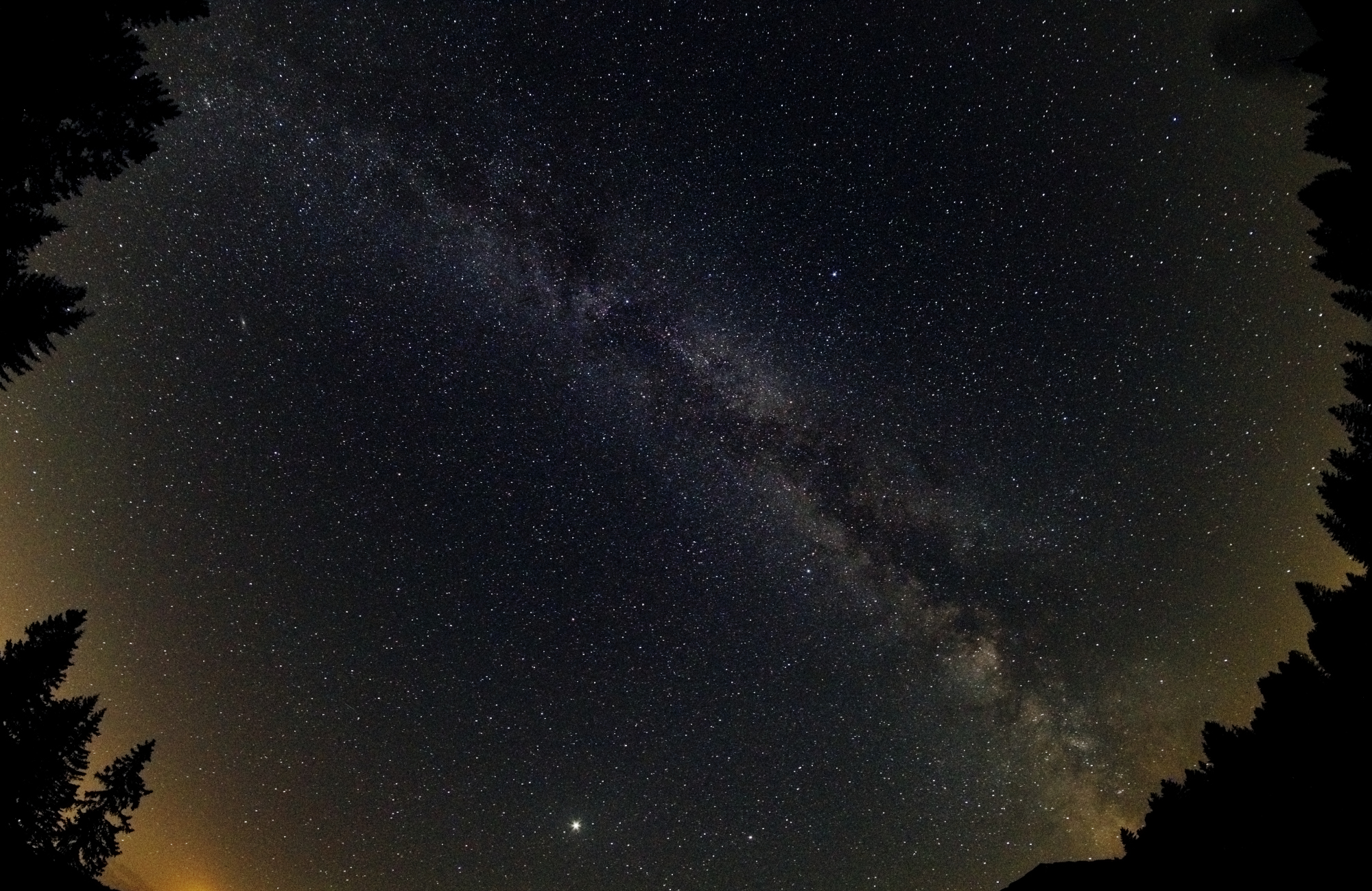
30 seconds, A7III with Samyang 8mm F2.8 @ F4. Yes, this is an APS-C lens on a full frame camera - to have larger pixels / lower noise, as higher resolution here does not help. Largest challenge was Chroma noise, ether hot pixels or when star is focused into a single pixel and it's impossible to recover real color of the star. To fix that I just reset all unusually high & sharp Chroma values to neutral.
Light pollution is visible on the horizon (left side) - it's from the nearest city, Thun - 13km away.
C/2020 F3 (NEOWISE)
Made a photo of С/2020 F3 NEOWISE comet, making all the news now. Sigma 70mm F2.8 (@3.5), 60x2.5s (stacked).After subtracting background - double tail became visible (dust & gas).
On mouse over - color, on click - annotation. Core is indeed slightly green

Got radio call sign : R2AYN
After several years of listening to radio via SDR (1, 2) I am now officially allowed to transmit.Exam was straightforward, paperwork took more time than theory preparation.
Initially I will focus on digital-mode radio (like FT-8) with DIY transmitters. Hopefully, I will be able to reuse some of my HF hardware that I was preparing for plasma experiments in vacuum.
Links for contacts: eQSL qrzcq
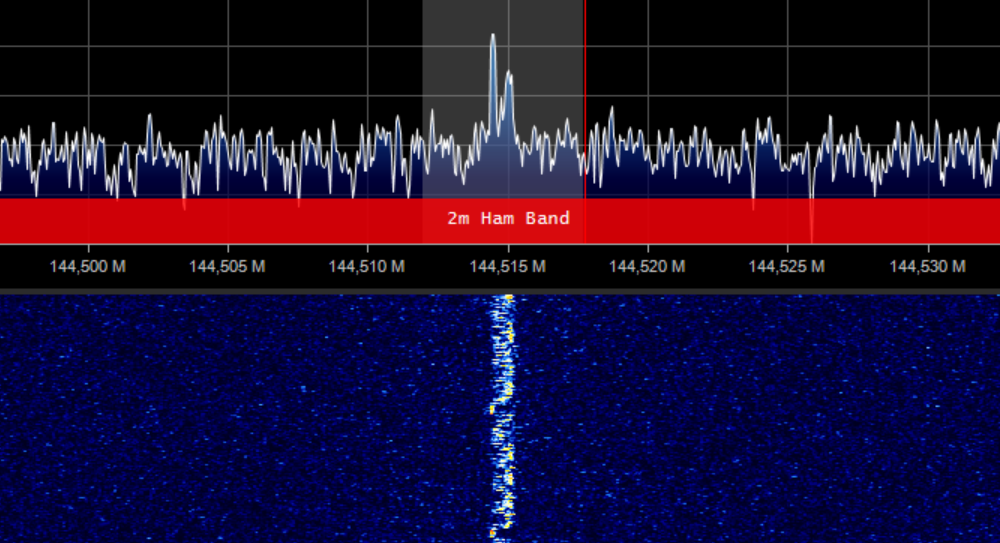
Edwards EXT255H turbomolecular pump - first run
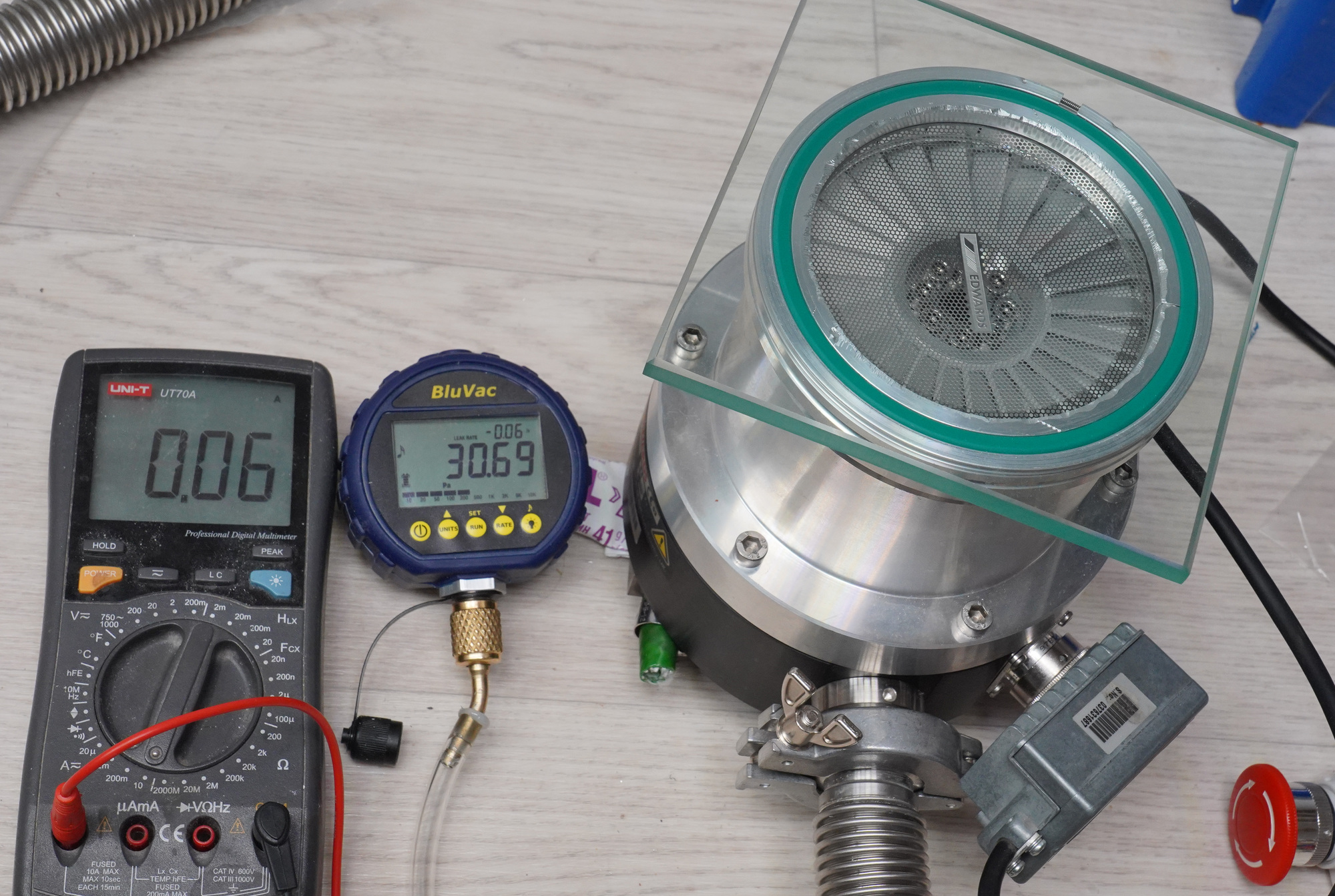
It did not disintegrated itself
 I was surprised that it runs quieter than rotary vane backing pump.
I was surprised that it runs quieter than rotary vane backing pump.Of-course it's used, came from disassembly of some science equipment in Israel. The only issue was 1 bend pin on a pump, which was probably not used. Anyways, I was able to straighten it up easily.
Ytterbium pulse fiber laser at work
@1700W peak power. Visible light emission due to multi-photon excitation, non-linear effects. There is also some IR leakage through camera filter. That was a little bit scary.
Flying FPV - Beta85x

It took me 3 years of sparse attempts to start flying FPV. Finally it looks like I got it. At some point my brain rewired RC controls to helicopter flying experience in Battlefield 3 and it all snapped into place. What finally pushed it over the edge was reducing rates, enabling AIR mode permanently and getting 5 batteries (on such tiny quadcopters each battery lasts only ~3 minutes).
I compiled some of the first FPV flight attempts on Beta85x with some after 30 minutes of flight time:

PS. This is my second FPV quadcopter. I was flying first one (ARRIS C250 V2) visually mostly, and it was completely wrecked beyond repair in less than 20 minutes of flight time. It makes this hobby the most expensive one, if you calculate per hour expenses





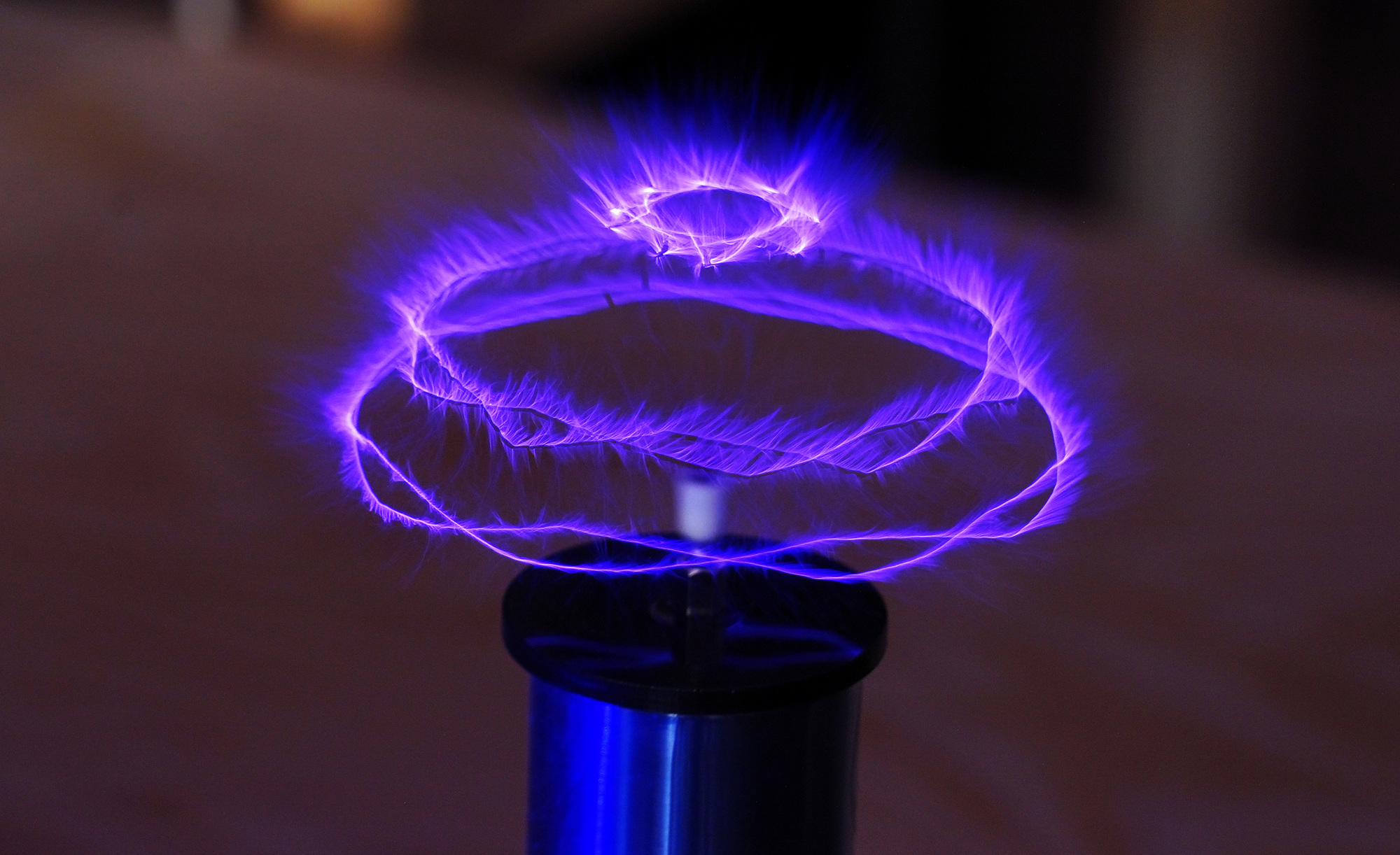


 @BarsMonster
@BarsMonster